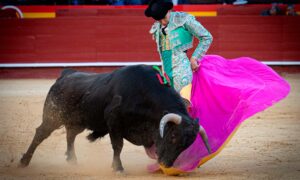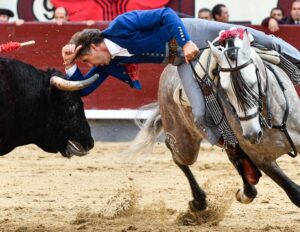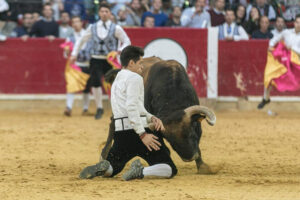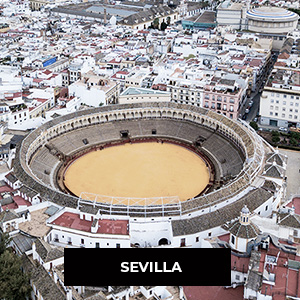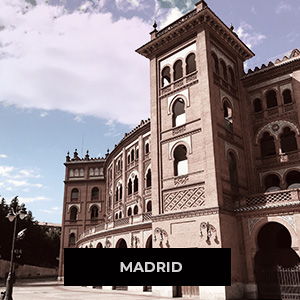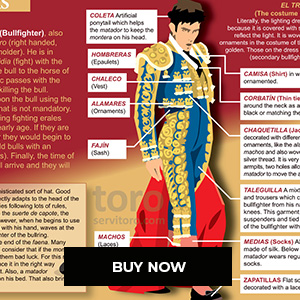Valencia: The year the Fallas and the July Fair consisted only of bullfights
The year of the young bull shows in Valencia
It was a defining moment. An event that was never to be repeated. The Valencia bullfighting season, which divided the last century in two, lived under the wing of the novilladas (young bullfights). As many as twenty took place in the bullring on Calle de Xàtiva in that now distant 1950, three in Fallas and no less than six in the July Fair, two cycles that were made up solely and exclusively of “minor” events.
Why? A pair of young bullfighters teamed up at the beginning of that decade, whose concepts, at the same time antagonistic and complementary, fostered rivalry in the bullring and generated box-office income. This came to such an extent that the fans, having just entered the post-manoletismo era, turned their attention to the lower ranks and left bullfighting on the fringes of the ring.
Those two youngsters were none other than Julio Aparicio and Miguel Báez “Litri”. The former was a classic bullfighter, the latter was a powerful gallant bullfighter from Huelva. Both fought for the plaudits and affection of the fans, who almost came to blows to defend their bullfighters against the supporters of their opponent.
It is said that the architect of that rivalry was the old Camará, Manolete’s manager, who had been managing Aparicio since the previous season. Once Litri decided to break with his mentor, Emilio Fernández, Camará went on to manage the career of the native of Huelva, although born in Gandía, and put aside the plans he had for Aparicio, with the intention that the two would go round Spain competing and competing on equal terms in front of the bulls.
The two young bullfighters took part in the three bullfights that made up the Feria de Fallas, on the 17th, 18th and 19th March, each day accompanied by a local bullfighter (Félix Guillén, Enrique Vera and the Cordovan Lagartijo, Manolete’s nephew). Guillén took the lead on the first day, but Aparicio and Litri lived up to the expectation on the following two afternoons, with ears and tails being cut off.
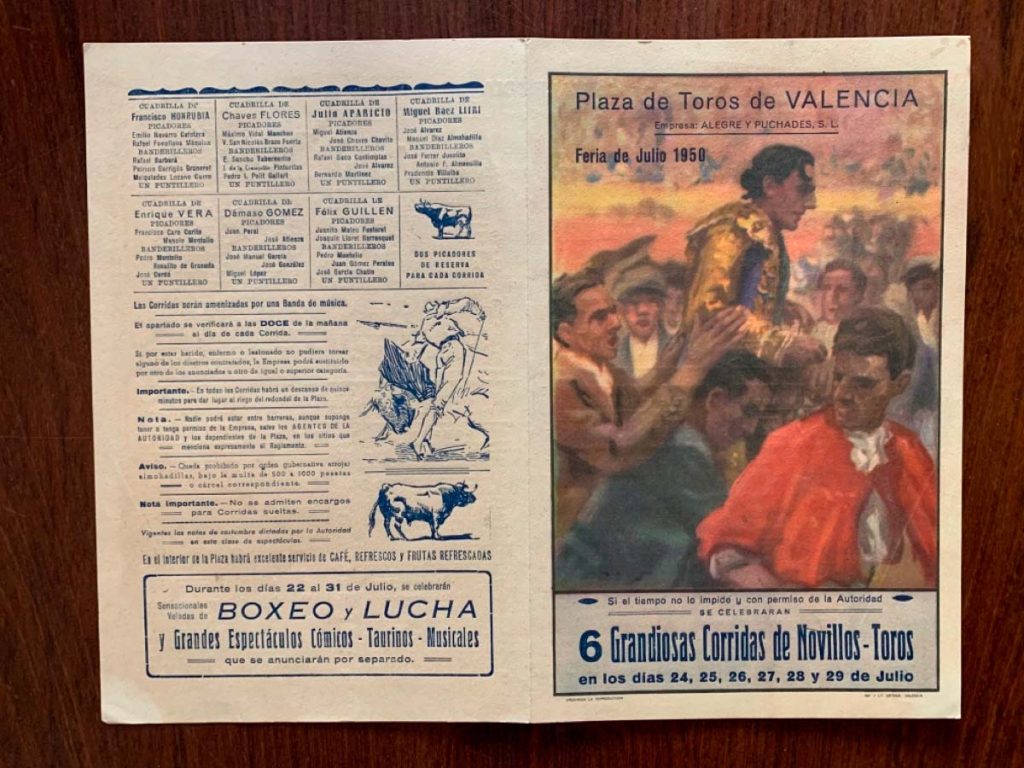
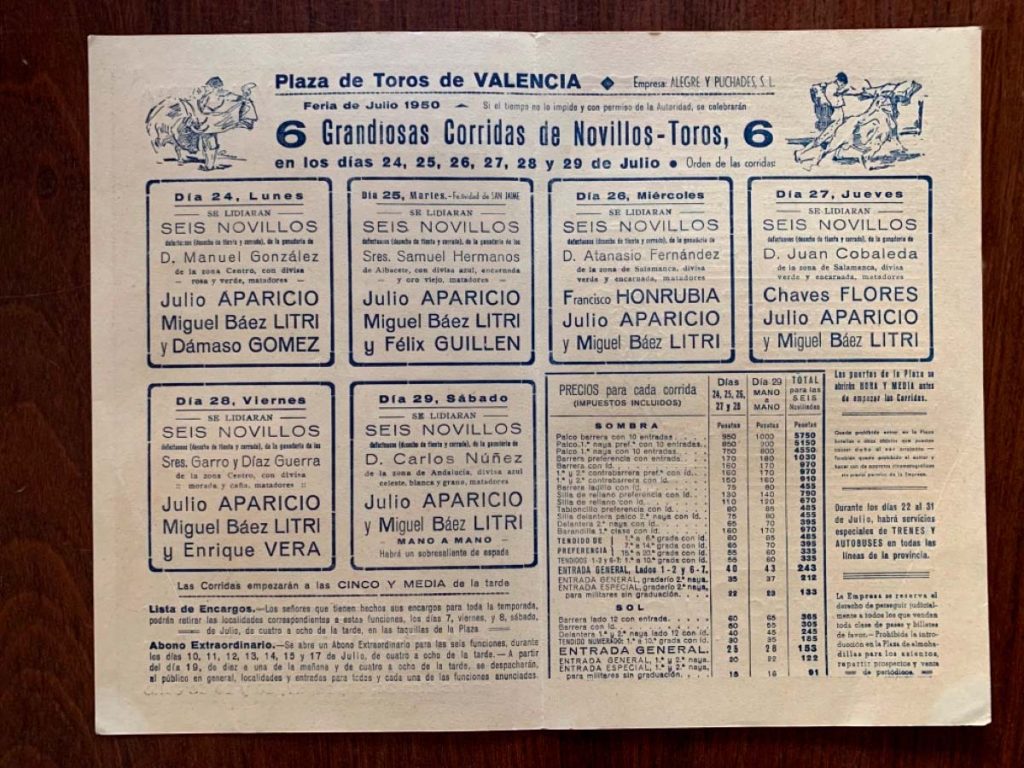
After performing together again in the same bullring in May, Aparicio and Litri appeared together in the six bullfights of the July Fair. Six consecutive afternoons of bullfighting together in the same bullring, the last one, moreover, head to head. Between the 24th and the 29th of July they fought animals from different herds and breeds (Manolo González, Samuel Flores, Atanasio, Arturo Cobaleda, Carlos Núñez…) some days it was Litri who won the day, other afternoons it was Aparicio who was the winner of the contest… until the last day of the bullfight, where both were triumphant although Litri was the winner in the numerical balance, after earning six ears and two tails.
It was not only in Valencia. In 1950, the Spanish season also celebrated more novilladas than bullfights. Up to 303 novilladas were organised that season, more than double the number of bullfights (145). The passion for bullfighting was such that, not only in Valencia, but also in bullrings such as Las Ventas, Seville and Malaga, more novilladas than bullfights were scheduled. Las Ventas held twelve bullfights as opposed to almost forty novilladas. Barcelona was the only one of the big capitals that rowed against the current, with 39 bullfights and 19 novilladas programmed in its Monumental.
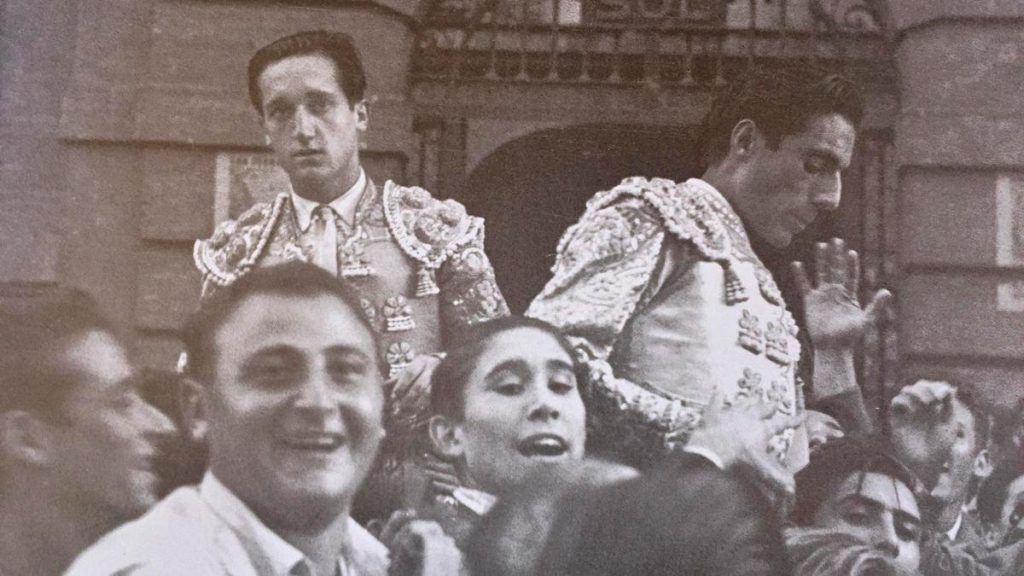
Logically, the alternative of the two phenomena could have no other venue than the Monleón Bullring. On 12th October, Valencia scheduled the only bullfight of the season (yes, the only one) to turn Aparicio and Litri into bullfighters. The poster was highly original and forms part of the history of bullfighting, as in order not to put one ahead of the other in the order of fighting, both names were placed in a cross below the godfather of both ceremonies, who was the exceptional artist called Joaquín Rodríguez, nicknamed “Cagancho”.
Despite the fact that Aparicio had more seniority than Litri and, according to the rules, should have received the alternative in first place, a draw was made at noon which dictated that it would be Aparicio himself who would be ahead of him on the bill. Naturally, the bullfight, which was held to a full house, was a complete success. Aparicio cut four ears to Litri’s three from a good murubeña Urquijo bullfight, and both went out through the Puerta Grande along with thousands of cheering fans. Passion once again overflowed in the city of the Turia and Bullfighting was, once again, the lifeline to the happiness and fulfilment of each and every one of those present.

José Miguel Arruego
Reserve your bullfighting tickets
Live a unique experience in the bullring of Valencia, make sure you get the best seat by buying in advance.

- José Miguel Arruego
- 24 enero 2024
MOST READ POSTS
Bullfighting in the Soul of the Fallas: A Legacy of Courage and Art
Las Fallas, the most important fair in Valencia, has its...
Leer másFallas 2024: The Farewell of a Legend
At the upcoming Fallas Fair, something more than an idol...
Leer másAdolfo Martín and Machancoses, the stars of the Fallas 2024 populars
Impressive success of the popular festivities in Valencia. Don't get...
Leer más
